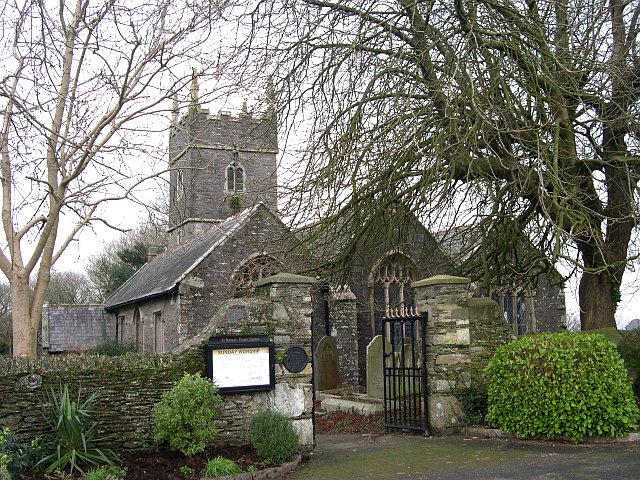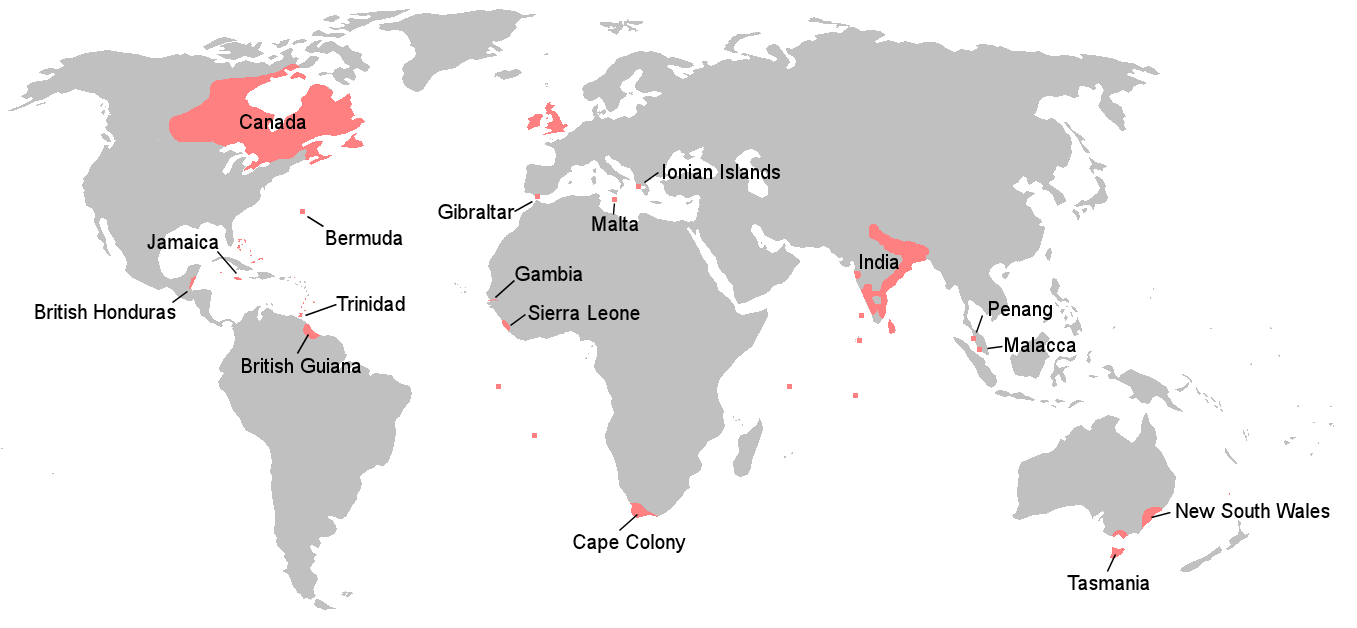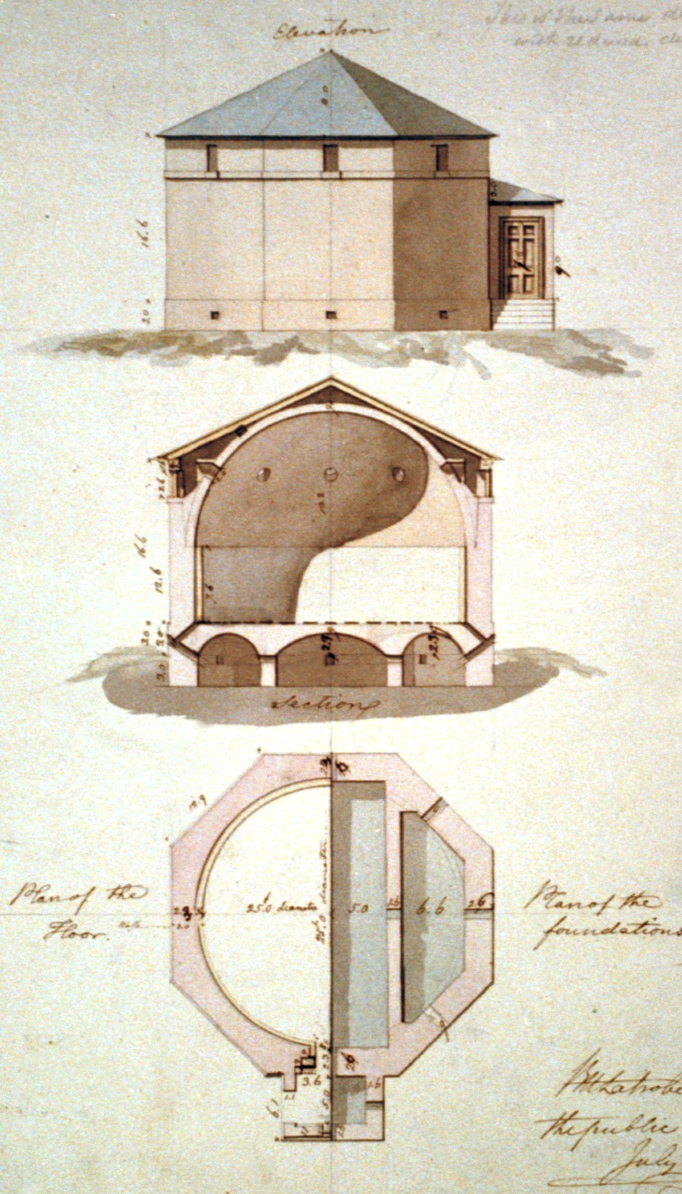|
St. Budeaux, Plymouth
St Budeaux is an area and ward in the north west of Plymouth in the English county of Devon. Original settlement The name St Budeaux comes from Saint Budoc, the Bishop of Dol (Brittany). Around 480, Budoc is said to have founded a settlement and built a small church. The church eventually gave way to a permanent stone one, dedicated to Saint Budoc, which was erected shortly before the Norman conquest of England. The village is documented in William the Conqueror's Domesday Book of 1086. Known as Bucheside, it was valued at 30 shillings (around six times the amount of neighbouring manors). Over the course of the next few hundred years, Bucheside became Bodekishide, Budeokshed, and even Bottockishide and Butshead, the latter form being recorded on the Trevill monuments in the church. The modern name, St Budeaux, is itself a Frenchified "elegant" form. 15th to 18th centuries St Budeaux became a separate parish in 1482 by the decision of the Bishop of Exeter. During the ... [...More Info...] [...Related Items...] OR: [Wikipedia] [Google] [Baidu] |
Plymouth Devonport (UK Parliament Constituency)
Plymouth, Devonport was, from 1832 until 2010, a borough constituency represented in the House of Commons of the United Kingdom, House of Commons of the Parliament of the United Kingdom. It covered part of the city of Plymouth in South West England, including the former borough of Devonport, Devon, Devonport. History The constituency was created as Devonport in 1832, and elected two members until 1918, when the number was reduced to one. Following the amalgamation of Devonport into Plymouth, the constituency was renamed as Plymouth, Devonport. Devonport has had a number of prominent MPs, including Leslie Hore-Belisha, 1st Baron Hore-Belisha, Leslie Hore-Belisha, Michael Foot (who began his Commons career in the seat), and the former Social Democratic Party (UK), SDP leader David Owen. One of its longest serving MPs was the National Liberal, later Conservative Dame Joan Vickers, who held the seat from 1955 until her defeat at the General Election of February 1974. Abolition ... [...More Info...] [...Related Items...] OR: [Wikipedia] [Google] [Baidu] |
English Civil War
The English Civil War (1642–1651) was a series of civil wars and political machinations between Parliamentarians (" Roundheads") and Royalists led by Charles I ("Cavaliers"), mainly over the manner of England's governance and issues of religious freedom. It was part of the wider Wars of the Three Kingdoms. The first (1642–1646) and second (1648–1649) wars pitted the supporters of King Charles I against the supporters of the Long Parliament, while the third (1649–1651) saw fighting between supporters of King Charles II and supporters of the Rump Parliament. The wars also involved the Scottish Covenanters and Irish Confederates. The war ended with Parliamentarian victory at the Battle of Worcester on 3 September 1651. Unlike other civil wars in England, which were mainly fought over who should rule, these conflicts were also concerned with how the three Kingdoms of England, Scotland and Ireland should be governed. The outcome was threefold: the trial of and ... [...More Info...] [...Related Items...] OR: [Wikipedia] [Google] [Baidu] |
Palmerston's Follies
The Palmerston Forts are a group of forts and associated structures around the coasts of the United Kingdom and Ireland. The forts were built during the Victorian period on the recommendations of the 1860 Royal Commission on the Defence of the United Kingdom, prompted by concerns about the strength of the French Navy, and strenuous debate in Parliament about whether the cost could be justified. The name comes from their association with Lord Palmerston, who was Prime Minister at the time and promoted the idea. The works were also known as Palmerston's Follies, partly because the first ones which were around Portsmouth, had their main armament facing inland to protect Portsmouth from a land-based attack, and thus (as it appeared to some) facing the wrong way to defend from a French attack. The name also derived from the use of the term "folly" to indicate " a costly ornamental building with no practical value". They were criticized because at the time of their completion, the th ... [...More Info...] [...Related Items...] OR: [Wikipedia] [Google] [Baidu] |
Napoleon III Of France
Napoleon III (Charles Louis Napoléon Bonaparte; 20 April 18089 January 1873) was the first President of France (as Louis-Napoléon Bonaparte) from 1848 to 1852 and the last monarch of France as Emperor of the French from 1852 to 1870. A nephew of Napoleon I, he was the last monarch to rule over France. Elected to the presidency of the Second Republic in 1848, he seized power by force in 1851, when he could not constitutionally be reelected; he later proclaimed himself Emperor of the French. He founded the Second Empire, reigning until the defeat of the French Army and his capture by Prussia and its allies at the Battle of Sedan in 1870. Napoleon III was a popular monarch who oversaw the modernization of the French economy and filled Paris with new boulevards and parks. He expanded the French overseas empire, made the French merchant navy the second largest in the world, and engaged in the Second Italian War of Independence as well as the disastrous Franco-Prussian War, du ... [...More Info...] [...Related Items...] OR: [Wikipedia] [Google] [Baidu] |
Henry Temple, 3rd Viscount Palmerston
Henry John Temple, 3rd Viscount Palmerston, (20 October 1784 – 18 October 1865) was a British statesman who was twice Prime Minister of the United Kingdom in the mid-19th century. Palmerston dominated British foreign policy during the period 1830 to 1865, when Britain stood at the height of its imperial power. He held office almost continuously from 1807 until his death in 1865. He began his parliamentary career as a Tory, defected to the Whigs in 1830, and became the first prime minister from the newly formed Liberal Party in 1859. He was highly popular with the British public. David Brown argues that "an important part of Palmerston's appeal lay in his dynamism and vigour". Henry Temple succeeded to his father's Irish peerage (which did not entitle him to a seat in the House of Lords, leaving him eligible to sit in the House of Commons) as the 3rd Viscount Palmerston in 1802. He became a Tory MP in 1807. From 1809 to 1828 he served as Secretary at War, organising the fina ... [...More Info...] [...Related Items...] OR: [Wikipedia] [Google] [Baidu] |
War Department (UK)
The War Department was the United Kingdom government department responsible for the supply of equipment to the armed forces of the United Kingdom and the pursuance of military activity. In 1857, it became the War Office. Within the War Office, the name 'War Department' remained in use to describe the military transport services of the War Department Fleet and the War Department Light Railways, War Department Railways. History In 1794, the position of Secretary of State for War was created. The Secretary's department was at first unofficially known as the War Department. Colonial affairs were later added and it became the Colony Department. After the outbreak of war with French Revolution, revolutionary France it became Colony and War Department and on the restoration of peace in 1815 the Colonial Department. In February 1855, the offices of the Secretary of State for War, and Secretary at War were merged and the new department and became the War Department once again until 1857 wh ... [...More Info...] [...Related Items...] OR: [Wikipedia] [Google] [Baidu] |
Ministry Of Defence (United Kingdom)
The Ministry of Defence (MOD or MoD) is the department responsible for implementing the defence policy set by His Majesty's Government, and is the headquarters of the British Armed Forces. The MOD states that its principal objectives are to defend the United Kingdom of Great Britain and Northern Ireland and its interests and to strengthen international peace and stability. The MOD also manages day-to-day running of the armed forces, contingency planning and defence procurement. The expenditure, administration and policy of the MOD are scrutinised by the Defence Select Committee, except for Defence Intelligence which instead falls under the Intelligence and Security Committee of Parliament. History During the 1920s and 1930s, British civil servants and politicians, looking back at the performance of the state during the First World War, concluded that there was a need for greater co-ordination between the three services that made up the armed forces of the United Kingdom: t ... [...More Info...] [...Related Items...] OR: [Wikipedia] [Google] [Baidu] |
RNAD
A Royal Naval Armament Depot (RNAD) is an armament depot (or a group of depots) dedicated to supplying the Royal Navy (as well as, at various times, the Royal Air Force, the British Army and foreign and Commonwealth forces). They were sister depots of Royal Naval Cordite Factories, Royal Naval Torpedo and Royal Naval Mine Depots. The only current RNAD is RNAD Coulport, which is the UK Strategic Weapon Facility for the nuclear-armed Trident Missile System; with many others being retained as tri-service 'Defence Munitions' sites. Historically, several of these depots played a key role in Britain's military history. In the early modern period, Britain's national defences were developed along different lines to those that emerged on the continent of Europe. Rather than focusing on having a large army and heavily fortified cities, England (and then Great Britain) built up its navy. In this period, Britain's principal ordnance stores were planned with ease of access for the Navy i ... [...More Info...] [...Related Items...] OR: [Wikipedia] [Google] [Baidu] |
Board Of Ordnance
The Board of Ordnance was a British government body. Established in the Tudor period, it had its headquarters in the Tower of London. Its primary responsibilities were 'to act as custodian of the lands, depots and forts required for the defence of the realm and its overseas possessions, and as the supplier of munitions and equipment to both the Army and the Navy'. The Board also maintained and directed the Artillery and Engineer corps, which it founded in the 18th century. By the 19th century, the Board of Ordnance was second in size only to HM Treasury among government departments. The Board lasted until 1855, at which point (tarnished by poor performance in supplying the Army in Crimea) it was disbanded. Origins of the Board The introduction of gunpowder to Europe led to innovations in offensive weapons, such as cannon, and defences, such as fortifications. From the 1320s a member of the Royal Household, the 'Keeper of the Privy Wardrobe in the Tower of London', became increas ... [...More Info...] [...Related Items...] OR: [Wikipedia] [Google] [Baidu] |
HMNB Devonport
His Majesty's Naval Base, Devonport (HMNB Devonport) is one of three operating bases in the United Kingdom for the Royal Navy (the others being HMNB Clyde and HMNB Portsmouth) and is the sole nuclear repair and refuelling facility for the Royal Navy. The largest naval base in Western Europe, HMNB Devonport is located in Devonport, in the west of the city of Plymouth, England. The base began as Royal Navy Dockyard in the late 17th century, but shipbuilding ceased at Devonport in the early 1970s, although ship maintenance work has continued. The now privatised maintenance facilities are operated by Babcock International Group, who took over the previous owner Devonport Management Limited (DML) in 2007. DML had been running the Dockyard since privatisation in 1987. From 1934 until the early 21st century the naval barracks on the site was named HMS ''Drake'' (it had previously been known as HMS ''Vivid'' after the base ship of the same name). The name HMS ''Drake'' and its c ... [...More Info...] [...Related Items...] OR: [Wikipedia] [Google] [Baidu] |
Gunpowder Magazine
A gunpowder magazine is a magazine (building) designed to store the explosive gunpowder in wooden barrels for safety. Gunpowder, until superseded, was a universal explosive used in the military and for civil engineering: both applications required storage magazines. Most magazines were purely functional and tended to be in remote and secure locations. They are the successor to the earlier powder towers and powder houses. In Australia Historic magazines were at the following locations, among others: *Jack's Magazine, Saltwater River, Victoria * Goat Island, Sydney *Spectacle Island (Port Jackson) *North Arm Powder Magazine *Dry Creek explosives depot In Canada There are magazines at: *Citadel Hill (Fort George) *Citadel of Quebec, Quebec City, Quebec *Parc de l'Esplanade, Quebec City, QuebecCole Island Esquimalt, British Columbia *Fort Lennox, Île-aux-Noix, Quebec *Fort William Historical Park, Thunder Bay, Ontario *Fort York, Toronto In Ireland Ballincollig, County Cork ... [...More Info...] [...Related Items...] OR: [Wikipedia] [Google] [Baidu] |
Garrison
A garrison (from the French ''garnison'', itself from the verb ''garnir'', "to equip") is any body of troops stationed in a particular location, originally to guard it. The term now often applies to certain facilities that constitute a military base or fortified military headquarters. A garrison is usually in a city, town, fort, castle, ship, or similar site. "Garrison town" is a common expression for any town that has a military base nearby. "Garrison towns" ( ar, أمصار, amsar) were used during the Arab Islamic conquests of Middle Eastern lands by Arab-Muslim armies to increase their dominance over indigenous populations. In order to occupy non-Arab, non-Islamic areas, nomadic Arab tribesmen were taken from the desert by the ruling Arab elite, conscripted into Islamic armies, and settled into garrison towns as well as given a share in the spoils of war. The primary utility of the Arab-Islamic garrisons was to control the indigenous non-Arab peoples of these conque ... [...More Info...] [...Related Items...] OR: [Wikipedia] [Google] [Baidu] |





_(Tony_Radakin_cropped).jpg)




